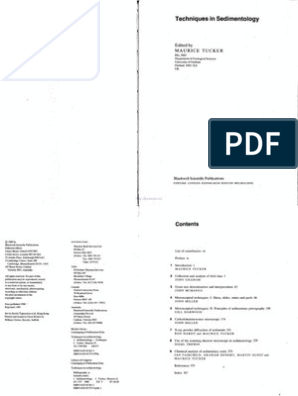Lesson 8: Rock cycle
Grade 7
Name: _________
Instructions: Choose the correct answer for each question.
1. What are the three main types of rocks?
a) Sand, clay, silt
b) Igneous, sedimentary, metamorphic
c) Lava, magma, crystal
d) Rock, soil, sand
2. Which process breaks down rocks into smaller pieces?
a) Cementation
b) Weathering
c) Melting
d) Compaction
3. What is magma?
a) Rocks on the surface
b) Molten rock inside the Earth
c) A type of sedimentary rock
d) Layers of sand
4. How does igneous rock form?
a) By compacting layers of sediment
b) From heat and pressure inside the Earth
c) When lava or magma cools and solidifies
d) By weathering and erosion
5. Which process transports sediments?
a) Melting
b) Erosion
c) Compaction
d) Crystallization
6. What is sedimentation?
a) Breaking rocks into sediments
b) Transporting sediments
1
� c) Dropping sediments into a deposit
d) Cementing sediments together
7. Which of these rocks forms from cooled lava?
a) Sandstone
b) Granite
c) Basalt
d) Slate
8. What causes metamorphic rock to form?
a) High heat and pressure
b) Rapid cooling of lava
c) Compaction and cementation
d) Weathering and erosion
9. Which rock type is most likely to form layers?
a) Igneous
b) Sedimentary
c) Metamorphic
d) Magma
10. What is crystallization?
a) Formation of mineral grains from cooling magma
b) Breaking rocks into pieces
c) The process of compaction
d) The transport of sediments
11. Which process involves the sticking together of sediments by
mineral crystals?
a) Weathering
b) Erosion
c) Cementation
d) Sedimentation
12. What is the most common intrusive igneous rock?
a) Slate
b) Granite
c) Basalt
d) Gneiss
13. What does the prefix "meta-" in metamorphic mean?
a) New
b) Change
2
� c) Rock
d) Heat
14. How does weathering differ from erosion?
a) Weathering involves transporting materials; erosion does not.
b) Weathering is a chemical breakdown; erosion is physical.
c) Weathering breaks materials down; erosion moves them.
d) Weathering occurs underwater; erosion occurs on land.
15. Which process creates sedimentary rocks from sediments?
a) Melting and cooling
b) Pressure and cementation
c) Weathering and erosion
d) Crystallization and deformation
16. Which of these is an example of an extrusive igneous rock?
a) Gneiss
b) Granite
c) Basalt
d) Sandstone
17. What causes the texture of metamorphic rocks to change?
a) Weathering
b) Heat and pressure
c) Sedimentation
d) Erosion
18. Which rock type is formed by the cooling of magma beneath
Earth’s surface?
a) Intrusive igneous
b) Extrusive igneous
c) Sedimentary
d) Metamorphic
19. What is the process of layering in sedimentary rocks called?
a) Cementation
b) Compaction
c) Deposition
d) Stratification
20. Which type of rock is formed under high heat but does not melt?
a) Igneous
b) Sedimentary
3
�c) Metamorphic
d) Crystalline






































































































